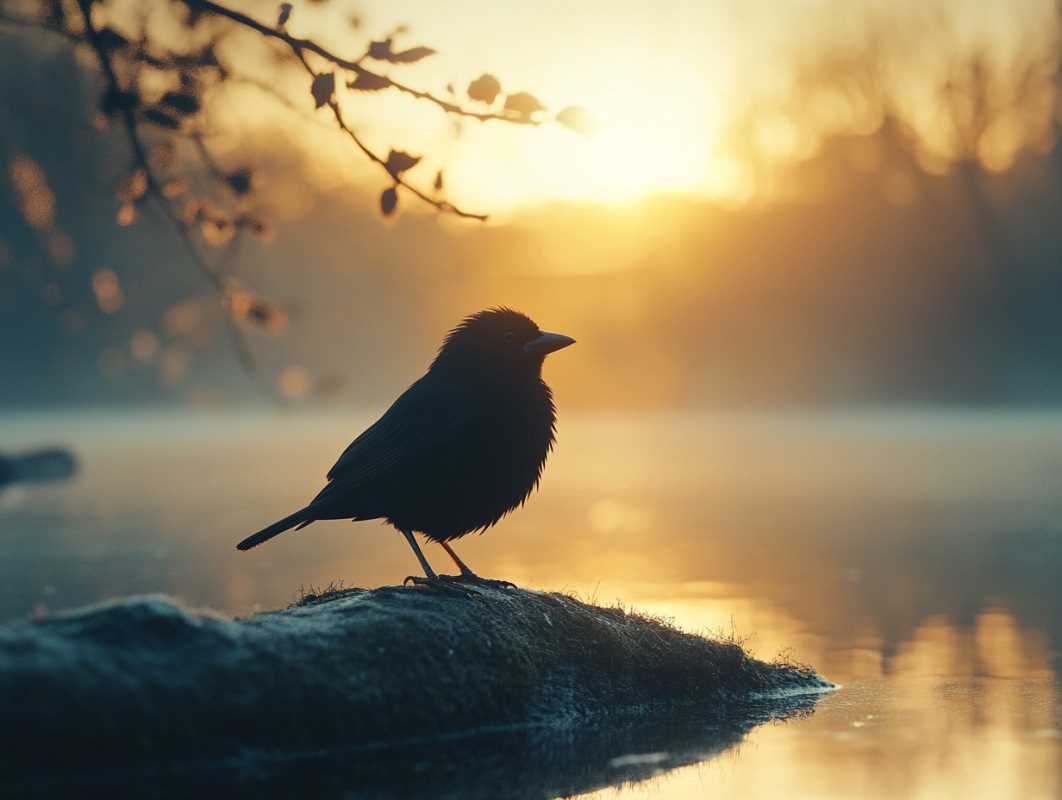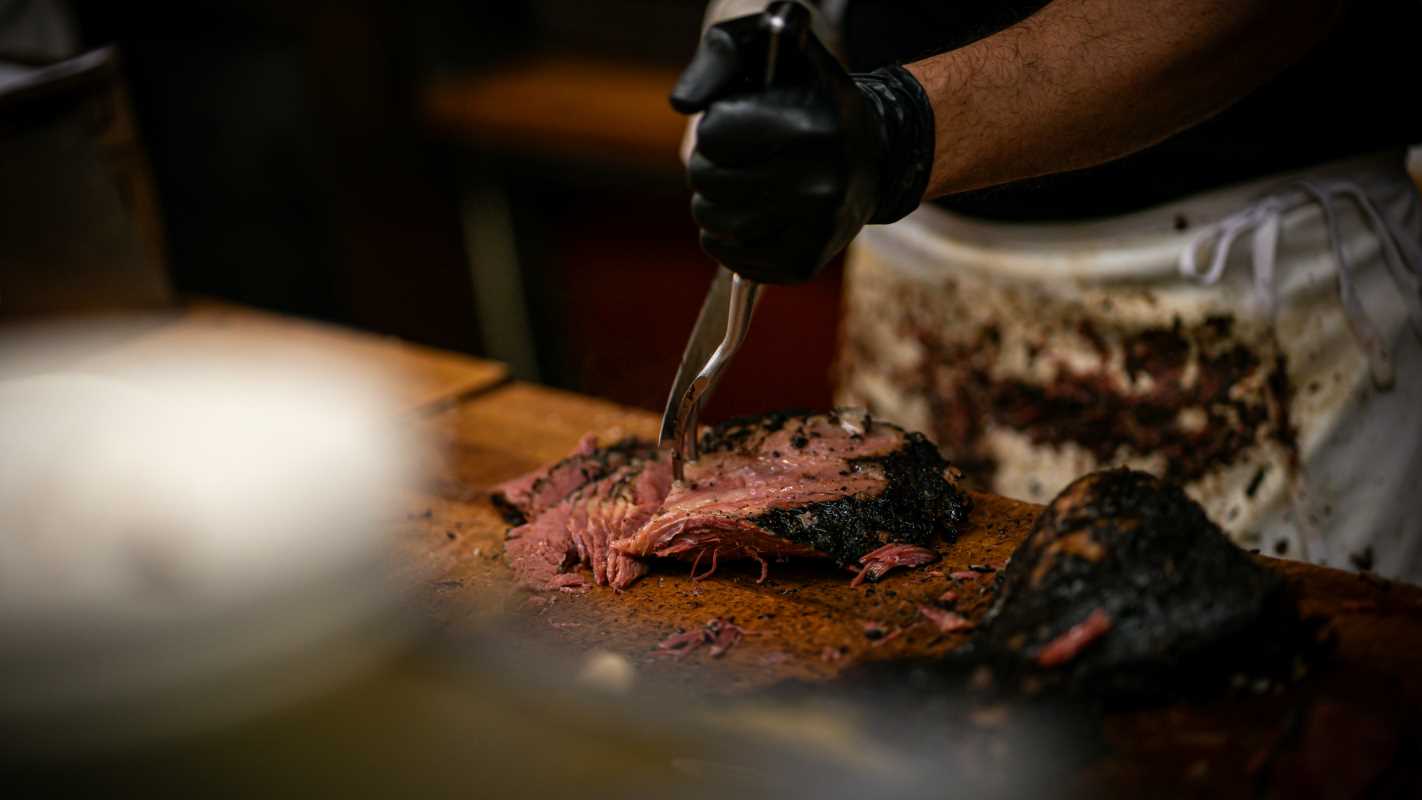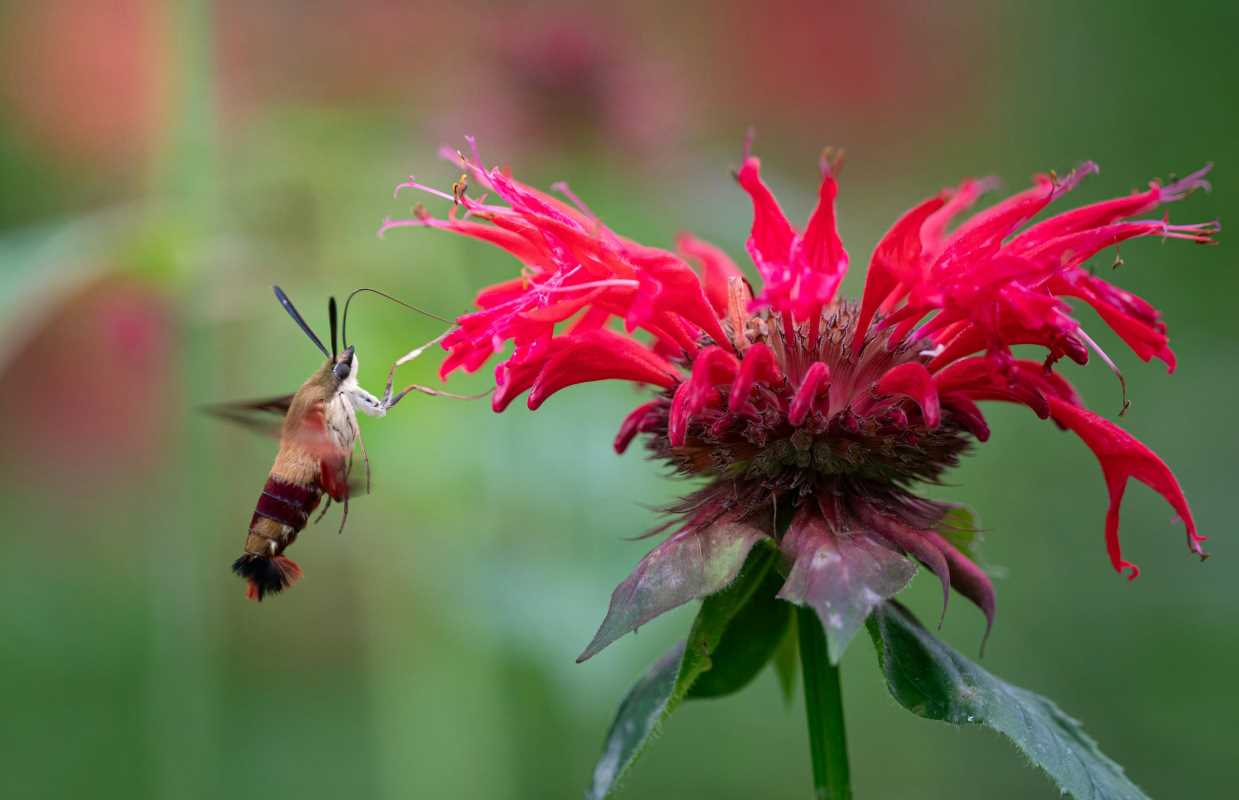Birdwatching, often romanticized as a serene escape into nature, has undergone a technological revolution. What was once a simple pastime requiring a pair of binoculars and a field guide has evolved into a sophisticated endeavor powered by apps, drones, and artificial intelligence.
Integrating technology into birdwatching has not only broadened the hobby's appeal but also elevated its potential for scientific contributions. Birders now play a vital role in conservation efforts, contributing to citizen science projects with tools that record, analyze, and share their findings.
This technological evolution hasn’t diminished the joy of birdwatching. Instead, it has deepened the connection between humans and the avian world, offering unprecedented ways to observe, document, and understand birds.
Tools of the Modern Birder
Modern birdwatching is supported by an arsenal of technological tools designed to enhance the experience. From sophisticated gadgets to simple smartphone apps, these innovations have transformed how enthusiasts approach the hobby.
One of the most transformative tools is the birding app. Platforms like Merlin Bird ID, eBird, and iNaturalist allow users to identify species, log sightings, and access extensive databases of bird information. Many of these apps use machine learning algorithms to analyze photos or audio recordings, enabling even beginners to identify birds with remarkable accuracy.
Binoculars and scopes have also received a high-tech makeover. Optical companies now produce models with integrated cameras, image stabilization, and even night vision, allowing birders to capture and share their sightings in high definition.
Drones are another game-changer. These unmanned aerial vehicles provide a bird’s-eye view of habitats, enabling birders to observe species in hard-to-reach locations without disturbing them. They’re particularly valuable for studying nesting sites or migratory behaviors.
Audio recording devices and sound analysis software have become indispensable for those interested in sound. Tools like Song Sleuth can analyze bird calls and match them to known species, offering insights into avian communication.
Connecting Birdwatchers Worldwide
The rise of technology has transformed birdwatching from a solitary activity into a global community effort. Online platforms and social media have created spaces where birders can share their observations, seek advice, and celebrate rare sightings.
Citizen science projects like eBird have been pivotal in this regard. Managed by the Cornell Lab of Ornithology, eBird allows users to log their sightings into a centralized database accessible by researchers and conservationists. This wealth of data has become an invaluable resource for tracking bird populations, migration patterns, and habitat changes.
Social media platforms such as Instagram and Twitter have also become popular among birders. Hashtags like #Birding and #BirdPhotography allow enthusiasts to connect, share their work, and inspire others. Some birders even livestream their outings, offering virtual tours of birding hotspots to audiences around the world.
Technology has also enabled birdwatching tourism to thrive. Websites and apps now make it easier than ever to discover prime birding locations, book guided tours, and connect with local experts. This global exchange of knowledge has enriched the birdwatching community, fostering a deeper appreciation for avian biodiversity.
Enhancing Conservation Efforts
The integration of technology into birdwatching has had profound implications for conservation. By equipping everyday birders with tools to collect and share data, technology has turned hobbyists into crucial allies in the fight to protect bird populations and habitats.
For instance, citizen science platforms provide researchers with data that would be impossible to gather independently. Birders contribute millions of observations annually, helping scientists monitor population trends, migration patterns, and the impact of climate change.
Remote sensing technologies like drones and satellite imagery also play a growing role in conservation. These tools allow researchers to survey large areas quickly, track habitat changes, and even identify threats like deforestation or illegal hunting.
Acoustic monitoring has proven particularly valuable in studying elusive or nocturnal species. Automated recording units placed in habitats can capture hours of audio, which AI-powered software then analyzes to detect specific bird calls. This method has uncovered the presence of species thought to be extinct or endangered, underscoring the potential of technology in conservation.
Mobile apps are empowering local communities to participate in conservation. By documenting birdlife in their regions, residents contribute to a global understanding of avian diversity while fostering a sense of stewardship for their environment.
Navigating Challenges and Ethical Concerns
While technology has revolutionized birdwatching, it’s not without its challenges and ethical dilemmas. As birders adopt high-tech tools, questions arise about the balance between technological advancement and preserving nature.
One major concern is the potential for disturbance. Drones, for example, offer incredible opportunities for observation but can also stress birds if used irresponsibly. Similarly, the playback of bird calls to attract species for identification or photography can disrupt natural behaviors, particularly during breeding seasons.
Data privacy and security are also emerging issues. With millions of birders logging sightings through apps, the potential misuse of location data could put rare or endangered species at risk. For instance, poachers might exploit this information to target valuable birds.
Another challenge lies in accessibility. While technology has made birdwatching more engaging, it has also created barriers for those who cannot afford expensive equipment or high-end software. Ensuring inclusivity in the hobby requires balancing innovation with affordability.
Finally, there’s the risk of over-reliance on technology. While apps and gadgets are valuable tools, some worry that they might diminish the skills and instincts traditionally associated with birdwatching, such as recognizing calls or interpreting behaviors.
The Future of Birdwatching
As technology advances, the future of birdwatching looks promising and intriguing. Emerging tools and innovations are likely to expand the boundaries of what birders can achieve, offering new ways to connect with the avian world.
Artificial intelligence is set to play an even greater role. AI-powered apps and software will become more accurate and user-friendly, allowing birders to identify species in real time through augmented reality. These advancements could democratize birdwatching, making it accessible to an even broader audience.
Wearable technology is another frontier. Smart glasses with integrated identification tools or devices that alert birders to nearby calls are just a glimpse of what’s possible. These innovations could transform birdwatching into a more immersive experience while preserving its core connection to nature.
Virtual reality (VR) and augmented reality (AR) have the potential to revolutionize how birders explore habitats. VR could offer lifelike experiences of remote or endangered ecosystems, while AR might enhance field guides with interactive elements that respond to a birder’s environment.
Moreover, technology could foster deeper collaborations between birdwatchers and conservationists. Advances in data-sharing platforms and global networks will enable more efficient responses to threats facing bird populations. Birdwatchers may become key players in shaping policies and protecting habitats on a global scale.
- Offers tools like birding apps, drones, and smart optics
- Transforms birdwatching into a collaborative global effort
- Strengthens conservation initiatives through citizen science
- Raises ethical concerns about disturbance and data privacy
- Promises a future enriched by AI, wearables, and VR
Modern birdwatching exemplifies how tradition and technology can coexist harmoniously. By embracing innovation, birders have found new ways to appreciate and protect the avian world, ensuring that this timeless hobby remains vibrant and relevant for future generations.
 (Image source: Midjourney)
(Image source: Midjourney) 





